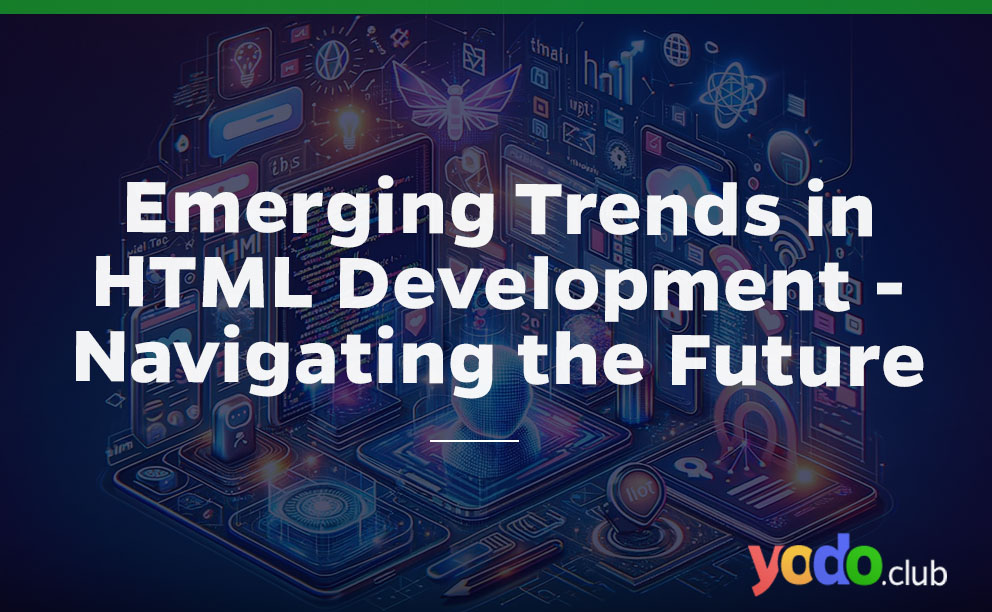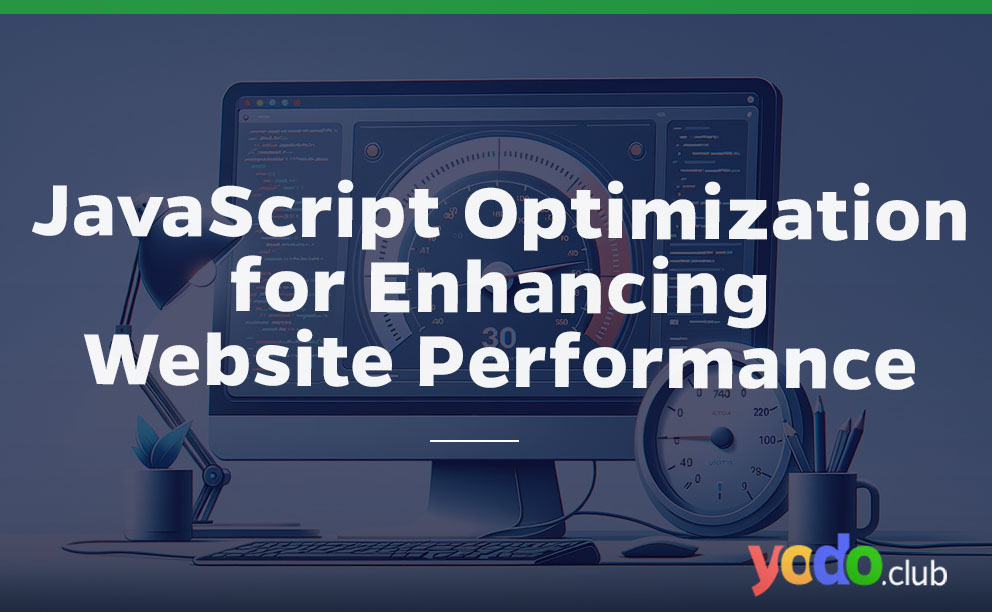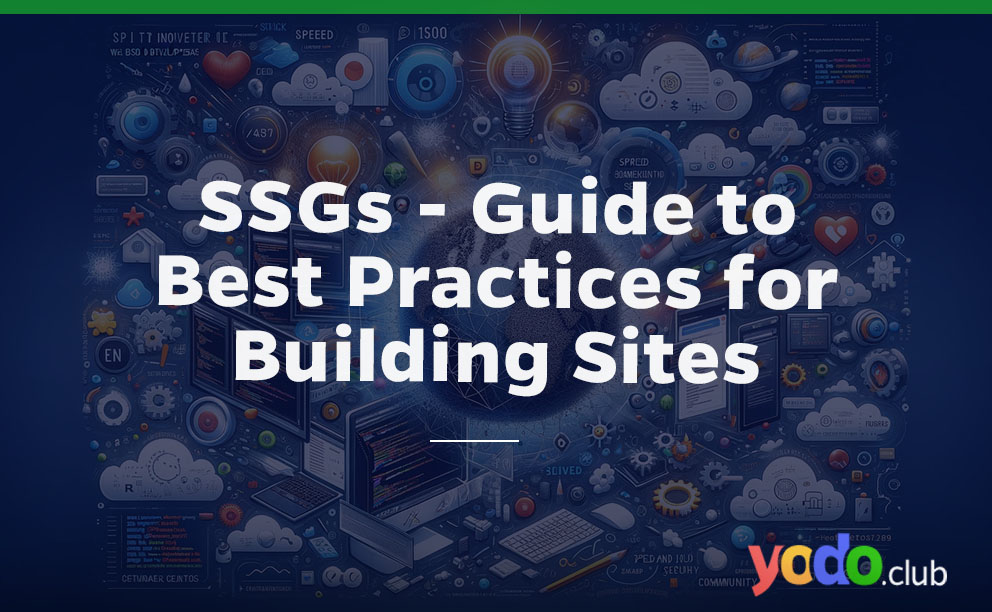The landscape of HTML development is rapidly evolving, driven by groundbreaking trends that promise to redefine the future of web development. These advancements offer a glimpse into a more dynamic and interactive web. For developers, staying ahead of these trends means creating more engaging and efficient websites and opening up new opportunities for innovation and growth in the digital industry.
Table of Contents
The Rise of AI and Chatbots in Web Development
Integrating AI and chatbots into web development revolutionizes website user interactions by providing more intuitive and personalized experiences. These AI-driven chatbots, leveraging Natural Language Processing (NLP) and Machine Learning (ML), enable more human-like conversations, improving user engagement and streamlining various web services. This enhances user satisfaction and contributes to higher customer retention and increased revenue for businesses.
NLP’s role is to interpret human language, allowing chatbots to understand and respond conversationally. Conversely, ML empowers chatbots to learn from interactions and refine their responses over time, ensuring personalized and accurate assistance.
These technologies are being applied across multiple sectors like e-commerce, banking, and healthcare, offering a wide range of services directly within web applications, thus eliminating the need for separate downloads.
This trend towards AI and chatbot involving indicates a move towards creating web experiences that are more engaging and efficient and tailored to individual user needs, marking a new era in how we interact with digital platforms.
Progressive Web Apps (PWAs) – Blurring the Lines Between Web and Mobile
Progressive Web Apps (PWAs) are merging the capabilities of native apps with the accessibility of web browsers, working seamlessly across all platforms.
They offer several advantages:
-
- SEO: PWAs are indexed by search engines as websites, improving your site’s visibility in search results.
- Efficient Data Use: PWAs cache content to reduce data consumption and storage requirements, making them ideal for users with limited data or device storage.
- Independent of App Stores: Users can directly access PWAs from the web, avoiding the app store download process and potentially increasing adoption rates.
- Cost-Effective Development: Building PWAs involves standard web technologies, which can be more economical and straightforward than developing separate native apps.
- Superior User Experience: PWAs adapt to various devices and screen sizes while providing advanced features like offline access and push notifications, enhancing user engagement.
- Boosted Conversions: E-commerce sites like AliExpress have seen significant conversion rate increases after adopting PWAs, highlighting their potential to improve business metrics.
Notable Case Studies
Trivago’s PWA led to significant user engagement, with over 500,000 adding the app to their home screens, increasing engagement by 150%, and boosting conversion rates via push notifications.
Pinterest’s shift to a PWA improved core engagements by 60% and increased site time and ad revenue.
Twitter Lite, Twitter’s PWA, reduced bounce rates by 20%, enhanced pages per session by 65%, and sent tweets by 75%, offering a space-efficient alternative to their native app.
AliExpress’s PWA doubled session page visits and increased sign-ups by 104%, highlighting the effectiveness of seamless, cross-device experiences without installation.
Voice Search Optimization: Adapting to the Era of Voice Commands
Optimizing for voice search is crucial in enhancing user accessibility and experience as voice commands gain popularity. Websites must adapt voice-friendly practices to stay ahead
Voice Search Optimization Strategies
Conversational Tone
Align web content with natural speech to match the casual nature of voice queries.
Question-Based Keywords
Incorporate answers to common questions starting with “Who,” “What,” “Where,” “When,” “Why,” and “How” to improve visibility in voice search results.
Optimize for local searches with relevant keywords to appear in “Near Me” queries, catering to the local nature of many voice searches.
Schema Markup
Implement structured data to help search engines better understand and feature your content in voice search results.
Mobile Optimization
Ensure your site is mobile-friendly, considering the high volume of voice searches on mobile devices.
Speed Optimization
Focus on fast loading times to enhance the experience for users coming from voice searches.
Website Security (HTTPS)
Prioritize secure HTTPS websites to meet search engines’ standards for ranking, including in voice search results.
Integration of the Internet of Things (IoT) with Web Platforms
Integrating IoT with web platforms revolutionizes web development by enabling dynamic data visualization and interactive user experiences. This fusion allows for the seamless collection and transmission of data from IoT devices, necessitating the creation of more scalable and robust web systems to manage the data flow effectively.
The convergence of IoT with web development bridges the gap between tangible devices and digital platforms, expanding opportunities in both commercial and consumer sectors. The diversity of IoT devices, from smartphones to home appliances, demands web applications that facilitate minimal-effort interaction, thus complicating web development and underscoring the need for in-depth technical knowledge.
IoT’s versatility across industries is remarkable. In healthcare, it promises enhanced patient monitoring; in retail, it offers improvements in customer service and supply chain efficiency; and in finance, it provides advanced security and personalized services. IoT web applications are vital to harnessing this data, allowing businesses to tailor their offerings and make well-informed decisions.
Embracing Low-code/No-code Development Tools
Low-code and no-code platforms transform web development by empowering developers and non-developers to build web applications effortlessly. These platforms provide various user-friendly tools, streamlining the development process and making it accessible to a broader audience.
A significant benefit of these platforms is their role in democratizing web development. They enable people from various fields to create digital solutions, expanding opportunities beyond those with technical skills. This inclusivity fosters innovation across multiple sectors.
Moreover, low-code and no-code platforms enhance productivity by enabling rapid prototyping and offering scalable solutions that meet diverse project needs. They promote collaborative work by allowing team members from different disciplines to contribute directly to the development process.
However, these platforms may only suit some projects, especially those requiring intricate customizations. Developers might encounter limitations in the platforms’ capabilities, and adapting to a more visual development approach could present challenges.
Conclusion
The key trends in HTML development, including AI and chatbots, PWAs, voice search optimization, IoT integration, and low-code/no-code platforms, are set to impact the future of web development profoundly. These innovations promise to make web development more intuitive, efficient, and accessible, enabling developers to create more engaging and user-centric web experiences. Staying abreast of these trends is crucial for developers looking to remain competitive in the rapidly evolving web development landscape.






 & Passion.
& Passion.